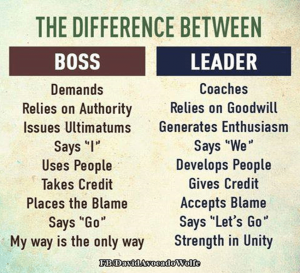Every year, executives around the world go through the time-honored tradition known as strategic planning. They emerge from days or weeks of meetings with a sacred document that — if adhered to — will increase their sales, make their services shine, engage their staffs and secure their futures. Well, that’s the story they tell us in business school anyway.But unfortunately – as Professor Robert Kaplan of the Harvard Business School and his associate, David Norton of the Balanced Scorecard Collaborative tell us –
as much as 90 percent of all corporate strategies fall short of stated objectives.
From many years of experience helping global executive teams generate a clear and compelling direction for their organizations, I have observed several key misunderstandings that lead to wishful, wasteful, or less-than-worthwhile strategic planning efforts and outcomes. In the next two blogs, I want to share five myths that undermine most leaders’ effectiveness at generating powerful strategies and creating the ownership and accountability of their teams toward their execution:
Myth #1: Content is King
Most executives believe that if you get the content of your strategy right, the success of that strategy is a foregone conclusion. They assume that the substance of the strategy must be composed of realistic objectives based on the most accurate and valid information. In many organizations, this belief leads to “analysis paralysis”
What goes unrecognized and unaddressed is that no strategy can ever be right or reasonable enough to account for all the events that might emerge on the road to its fulfillment. Therefore, perfect content, as a path to success, is an illusion and leads to an increasing investment of resources in the pursuit of the one true strategy that will win the day.
In reality, any strategy is only as good as people’s ownership and commitment to its fulfillment. Even the most accurate and well-crafted plan will fail if people don’t own it and take accountability for delivering it.
Myth #2: Predicting the future is key
Most executives create their strategic plans by looking at their rearview mirror. They determine their future goals by benchmarking and analyzing their own, as well as others’, historical performance and trends.
In today’s rapidly changing technological, consumption, and economical environments, this approach can be risky as no one has a crystal ball, and no one knows what the future will bring. So, the more you try to predict the future by analyzing the past, the more you are likely to merely repeat past cycles and trends.
Of course, you need a healthy understanding and respect for the past. However as Alan Kay, ex-Apple Fellow, said, “The only way to predict the future is to create it.”
The most powerful strategies are informed by the past, but more strongly influenced by future thinking. This means a team envisions the future, takes a stand, and commits to a direction and destination as a responsible, plausible, and calculated risk. Then everyone commits to that destination – not because it is perfectly accurate, but because they believe it is the right future to pursue.
Myth #3: Consensus Equals Success
In the eyes of many leaders, the ultimate “buy-in” prize for a strategic plan is reaching consensus. The belief behind this myth is that as long as everyone feels pretty good about the plan, and has no strong objections, that’s about the best that can be hoped for, especially in a diverse system.
But the problem with a consensus-oriented approach is that it requires settling for the lowest common denominator everyone can agree with, rather than striving for solutions that challenge current thinking.
Former British Prime Minister Margaret Thatcher said it quite elegantly: “To me, consensus seems to be the process of abandoning all beliefs, principles, values, and policies in search of something in which no one believes, but to which no one objects; the process of avoiding the very issues that have to be solved, merely because you cannot get agreement on the way ahead.”
Consensus is way too low of a bar for the fulfillment of any strategic plan that requires substantive organizational change. It leads to compliance at best.
To generate this commitment, executives need to set the bar at the higher level of alignment. To reach alignment requires putting people’s concerns, doubts, uncertainties, and water cooler conversations on the table so they can be dealt with out in the open.
Alignment is achieved when people leave the strategy discussions fully on board with whatever decision the group has reached, with no “Plan B,” no pocket vetoes, and no reservations about fully investing themselves in pursuing the agreed upon direction.

